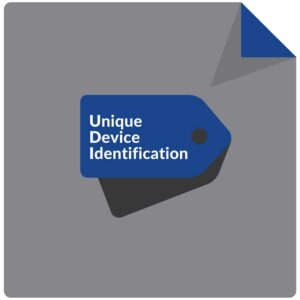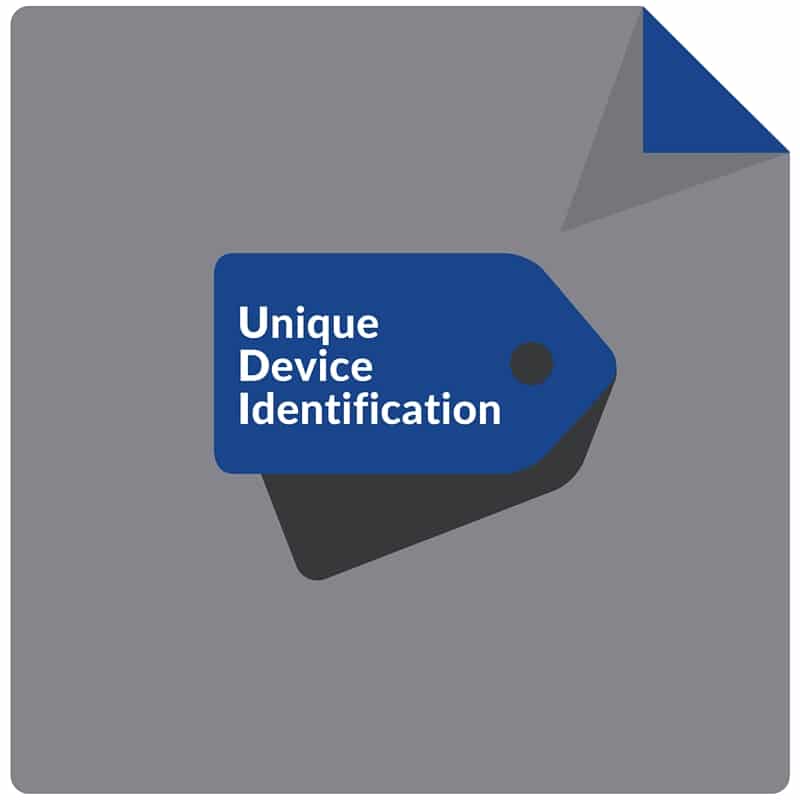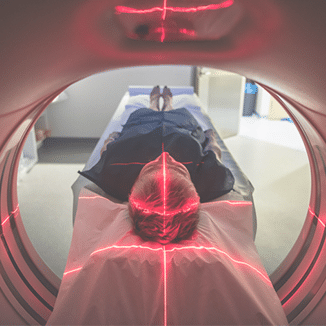 On September 24, 2013, the FDA established a Unique Device Identification (UDI) system to identify all medical devices sold in the U.S. starting from the point of manufacture, through all distribution channels, and to the eventual sale to the consumer.
On September 24, 2013, the FDA established a Unique Device Identification (UDI) system to identify all medical devices sold in the U.S. starting from the point of manufacture, through all distribution channels, and to the eventual sale to the consumer.
The FDA’s UDI system requires medical device manufacturers to include a simple to read text version of the required identification information as well as a machine-readable version encoded using Automatic Identification Data Capture (AIDC) technology. AIDC refers to the various methods of electronically identifying and collecting data. AIDC typically includes bar codes, Radio Frequency Identification (RFID) tags, Optical Character Recognition (OCR), smart cards, and voice recognition technology.
At a minimum, the UDI label will contain the specific version or model number of the device, as well as the device’s lot/batch number, serial number, expiration date and date of manufacturing.
The UDI system will be phased in over the next several years. The exact timeframe depends upon if the manufacturer produces Class I, II, or III devices. Lifesaving Class III devices must meet all requirements by September 2015, while Class I devices have until 2020.
In addition to the physical label, the device manufacturer is required to submit specific information about their device to GUDID, the FDA’s Global Unique Device Identification Database. The public will be able to use AccessGUDID to look up their specific medical device and download all GUDID data available to their PC, smartphone or other electronic devices.
Similar to the UPC codes for the food and beverage industry, the medical device manufacturer will not be the one assigning the unique device identifier; instead, UDI codes will be provided by FDA-certified organizations.
On the surface the UDI concept appears to be as simple and straight forward as this:
(1) Put the required information on the label
(2) Make sure the format is correct
(3) Make the label both people friendly and machine-readable
(4) Update their quality system with all the required information (see 21 CFR 820.30(j))
(5) Upload the data into GUDID’s database
Unfortunately, it’s more cumbersome than you think when you start applying it to your actual medical devices or equipment. For example, one of our customers who sells blood glucose monitoring equipment might think it’s simple and straight forward to add one label to one piece of equipment. But they will realize that for their test strips that come in various size bottles, they are required to issue a Unique Device Identification label for each bottle size. Also for that one bottle which contains 25 strips, the manufacturer needs to assign a “unit of use” code that gets added to the label.
They also have to think about the bottles that are sold in a convenience kit with the blood glucose monitor at a bundled price. The convenience kit requires a UCI label of its own, but the items in the kit do not require a label, unless the items in the kit are to be sold separately. In addition, new labels are required every year when they introduce their new and improved models, even if they only changed the box the unit comes in.
Here are some other things I have noticed about the UDI system:
- Items that have National Drug Code (NDC) numbers on its label do not require a UDI unless it is packaged with other items that require UDI’s, then the package requires a UDI.
- Implantable and other devices that remain in use for an extended period of time, certain sterilized items, items that can be used more than once, or any device that may become separated from their original label, requires the UDI be etched on the device.
- The FDA has not mandated what format the machine-readable label needs to be in. So what happens if the manufacturer uses a 3D bar code and my cell phone cannot read it because I don’t have the 3D app? Are they in violation of FDA rules?
The good news is that the UDI implementation should dramatically improve patient safety and post-sale surveillance of any type of medical device equipment. Manufacturers and the FDA will be able to rapidly collect and analyze reports about all their devices, allowing for faster identification of problems and putting patients at less risk.
One thing is clear from all of the confusion that comes with this new regulation. In order to be successful in today’s FDA regulated world requires a good quality management solution that enables rigid record-keeping and bi-directional traceability that helps manufacturers streamline their operations and handle their UDI requirements. Having an effective enterprise quality management solution is a sure way to maintain your manufacturing quality assurance.
Explore iBase-t solutions for medical device manufacturers; view our brochure.




